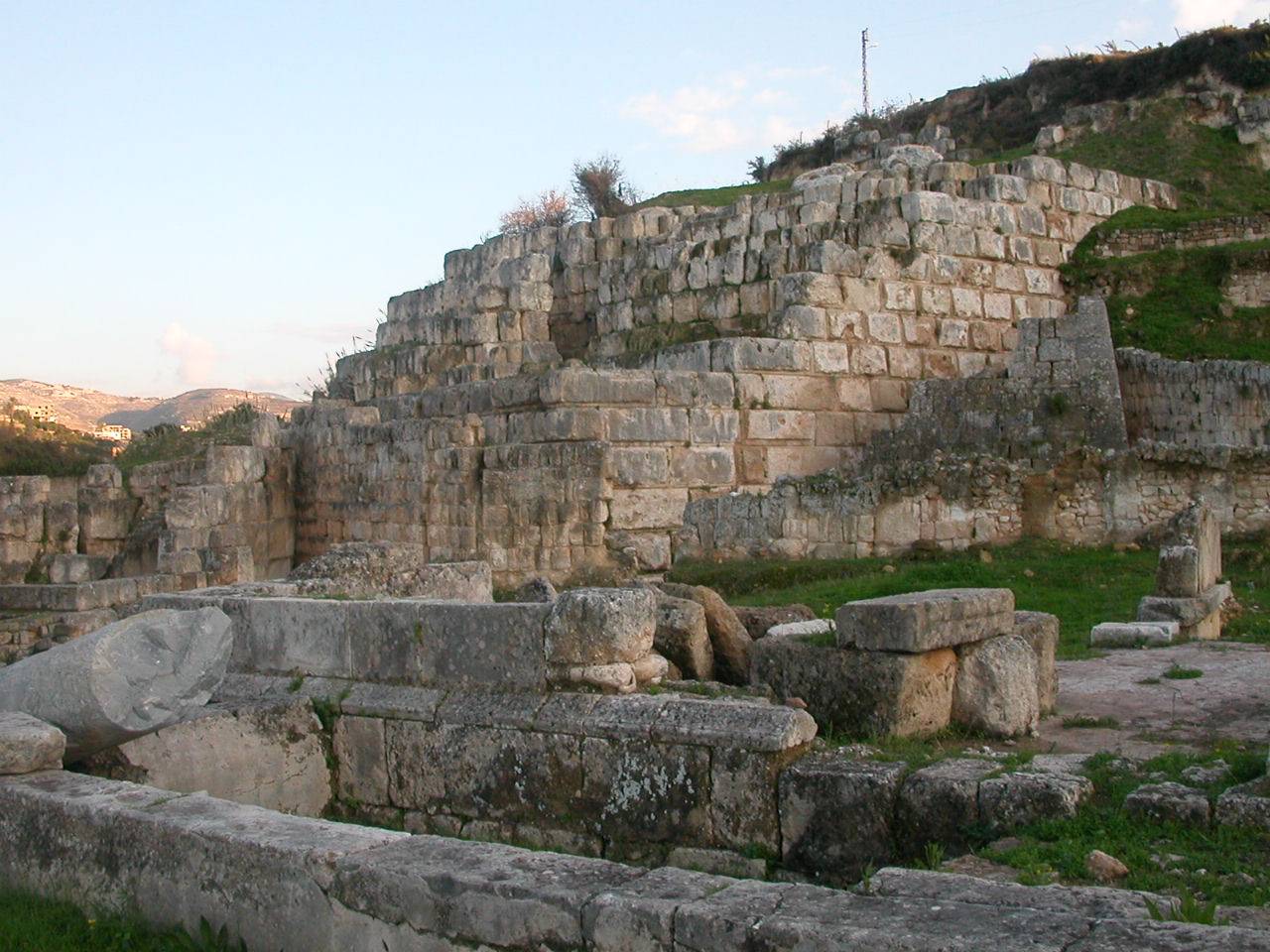The Temple of Eshmun, an ancient place of worship dedicated to the Phoenician god of healing, stands as a testament to the rich history of Sidon, Lebanon. Nestled on the banks of the Awali river, this temple complex dates back to the 7th century BC. Over centuries, it expanded into a healing center, where the sick would come in hopes of divine intervention. Despite the ravages of time, the Temple of Eshmun offers fascinating insights into the ancient Phoenician civilization and their religious practices.
Get your dose of History via Email
Historical Background of The Temple of Eshmun
The Temple of Eshmun, an archaeological marvel, is deeply intertwined with the history of Sidon. Founded by Eshmunazar II, the King of Sidon, this temple served as a sanctuary for Eshmun, the Phoenician god of healing. Its construction was a political move, aiming to solidify Sidon’s power in the region. The temple was continually expanded and embellished by successive rulers, reflecting the city’s prosperity over centuries.
The Temple’s heyday was during the Persian period (539-332 BC), when it became a renowned healing center. People from far and wide visited, seeking Eshmun’s divine intervention for their ailments. The temple complex included a sacred pool and healing rooms, where patients would sleep, hoping for a dream visitation by the god.
However, the Temple’s significance waned with the rise of Christianity. By the Byzantine period, it was partially transformed into a church. Over time, the temple fell into disrepair and was eventually abandoned. Its ruins were rediscovered in the early 20th century, providing a valuable glimpse into Phoenician religious practices and architecture.
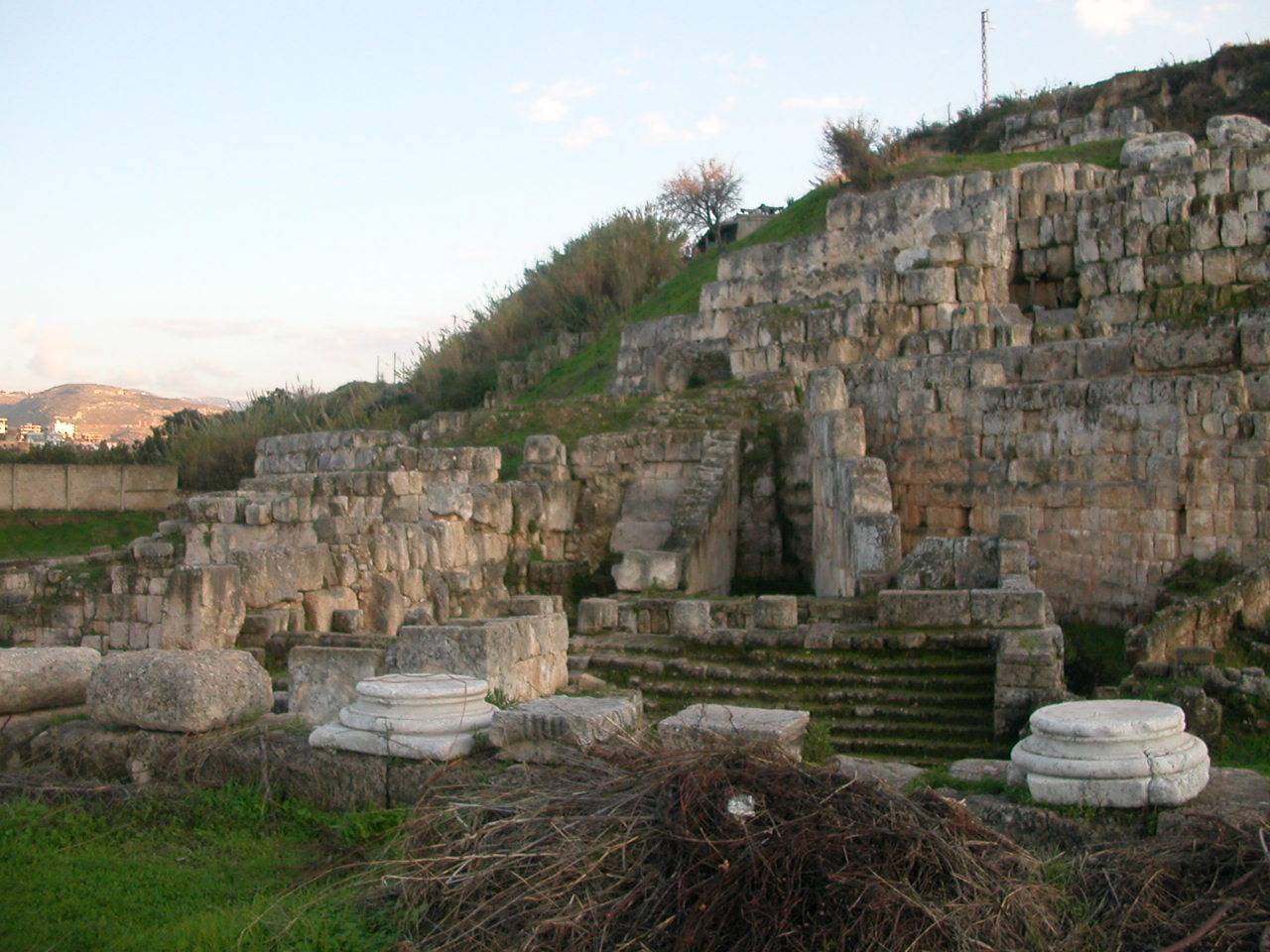
Architectural Highlights/About the Artifact
The Temple of Eshmun, despite its ruined state, showcases remarkable architectural elements. Its layout was typical of Phoenician temples, featuring a large courtyard surrounded by porticoes and a central cella (inner chamber) for the deity.
One of the temple’s striking features is the “Throne of Astarte,” a monumental stone structure adorned with carved sphinxes and lions. This artifact, likely used for religious rituals, exemplifies the Phoenician’s skilled craftsmanship.
The complex also includes a sacred pool, fed by a nearby spring. This pool, lined with finely cut stones, played a crucial role in the temple’s healing rituals. Patients would bathe in its waters, seeking Eshmun’s divine healing.
Another notable feature is the “Triclinium of the Banquets,” a dining area where ritual meals were held. This space, decorated with intricate mosaics, highlights the social aspect of religious gatherings in Phoenician culture.
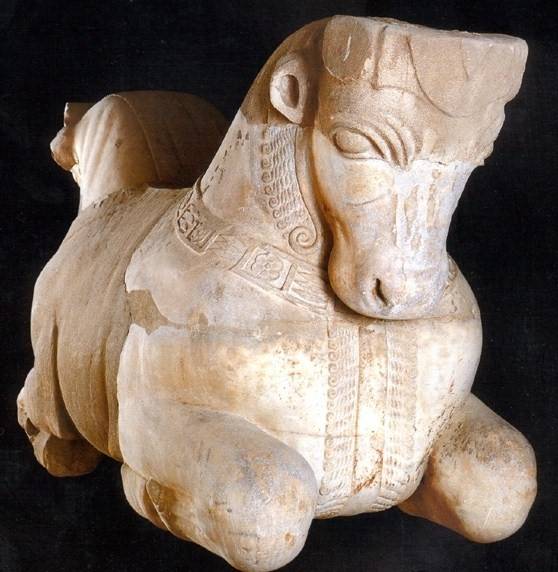
Theories and Interpretations
The Temple of Eshmun has sparked various theories and interpretations among historians and archaeologists. Its healing rituals, for instance, are often compared to the Greek tradition of incubation, where patients slept in sacred spaces, hoping for healing dreams.
Some scholars believe the “Throne of Astarte” symbolizes the union of Eshmun and Astarte, a goddess associated with fertility and war. This theory is based on the Phoenician belief in divine marriages, where gods and goddesses paired up to ensure the world’s balance.
The temple’s transformation into a church during the Byzantine period also raises interesting questions. It suggests a gradual transition from pagan to Christian practices, reflecting broader religious shifts in the region.
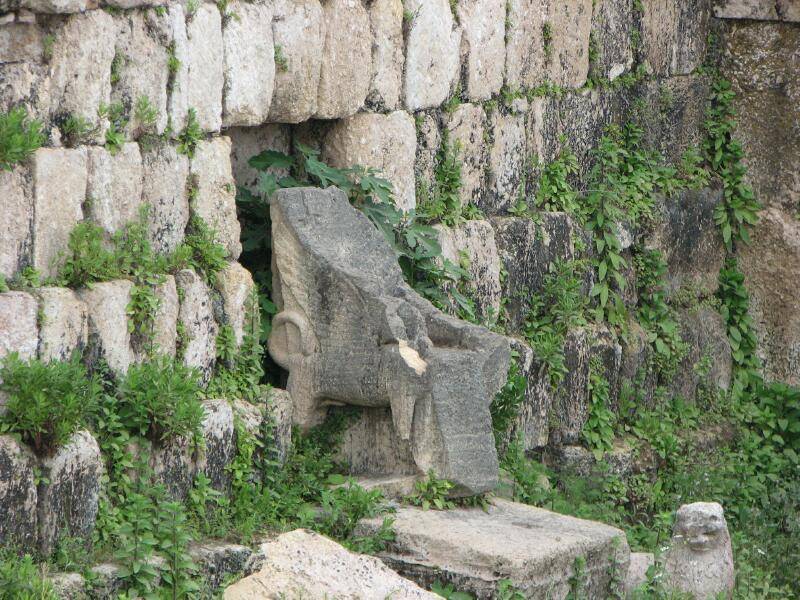
Good to know/Additional Information
Visiting the Temple of Eshmun offers a unique opportunity to delve into ancient Phoenician culture. The site, located just a short drive from downtown Sidon, is open to the public year-round.
Guided tours are available, providing detailed insights into the temple’s history and architecture. Visitors can also explore the nearby “Eshmunazar II’s tomb,” a royal burial site discovered in the 19th century.
While much of the temple remains unexcavated, ongoing archaeological work promises to uncover more of its secrets. Each new discovery adds another layer to our understanding of this fascinating historical site.
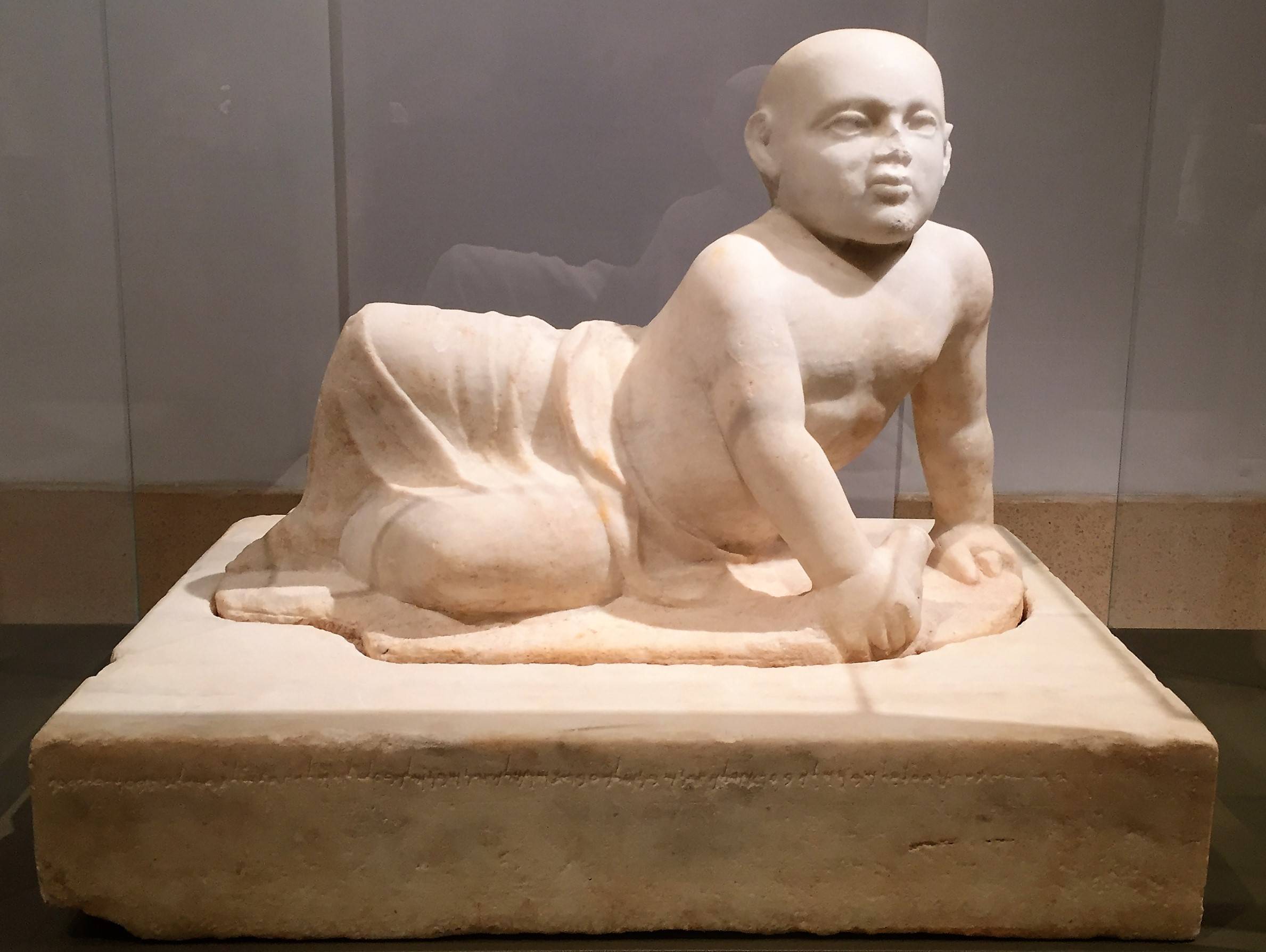
Conclusion and Sources
The Temple of Eshmun, with its rich history and architectural splendor, stands as a powerful reminder of Sidon’s ancient past. While much remains to be discovered, the temple offers invaluable insights into the Phoenician civilization and their religious practices.
For further reading and to verify the information provided, the following sources are recommended:

